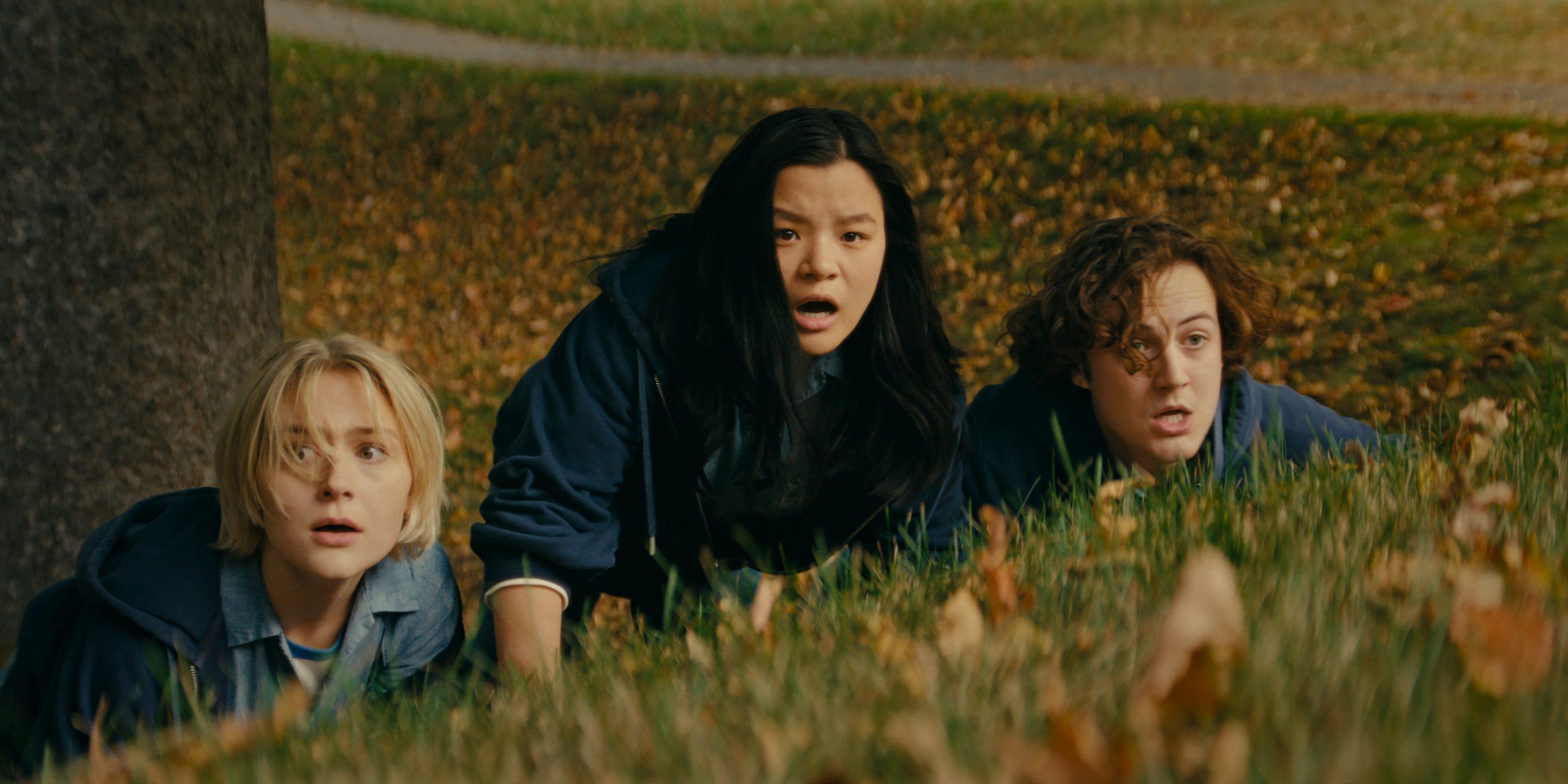Understanding the Wayward Ending: An In-depth Explanation

Introduction
The final moments of the film “Wayward” have left audiences puzzled and intrigued. With its complex narrative and multifaceted characters, the ending raises numerous questions about fate, choice, and consequence. As discussions around the film intensify, it’s crucial to dissect these elements to fully appreciate its layered storytelling and thematic depth.
Summary of Events Leading to the Ending
“Wayward” follows the journey of a young woman, Sarah, who finds herself at a crossroads in life. Throughout the film, viewers witness her struggles against societal expectations and personal dilemmas. The climax builds as Sarah confronts her past and the choices that have shaped her present. The ending is pivotal, encapsulating her emotional turmoil and the decisions she must ultimately make.
The Ending Explained
The film concludes with Sarah standing at a metaphorical crossroads, mirroring the physical paths she has navigated throughout the narrative. In a symbolic gesture, she is faced with two divergent paths that represent her past and her potential future. The ambiguity of her choice signifies the broader theme of self-discovery and autonomy.
One interpretation is that Sarah’s hesitation reflects the internal conflict many face when considering life-altering decisions. The direction she chooses—or declines to choose—hints at the struggles of embracing one’s true self amidst external pressures. This open-ended conclusion encourages viewers to reflect on their own choices and the impact of those decisions on their life paths.
Reactions and Interpretations
Critics and audiences have offered varied interpretations of the ending. Some argue it symbolizes hope and the possibility of change, while others see it as a commentary on the paralysis of choice in today’s society. The filmmakers have intentionally left the meaning of the ending elusive, prompting a plethora of theories and discussions among viewers.
Conclusion
The ending of “Wayward” serves not only as a narrative closure but as a catalyst for introspection. It challenges audiences to contemplate their own journeys and the choices that define them. As discussions around the film continue to evolve, it remains a poignant reminder of the complexities of decision-making in life. As with many noteworthy films, the true significance of the ending may vary from viewer to viewer, making it a topic worth exploring further.
